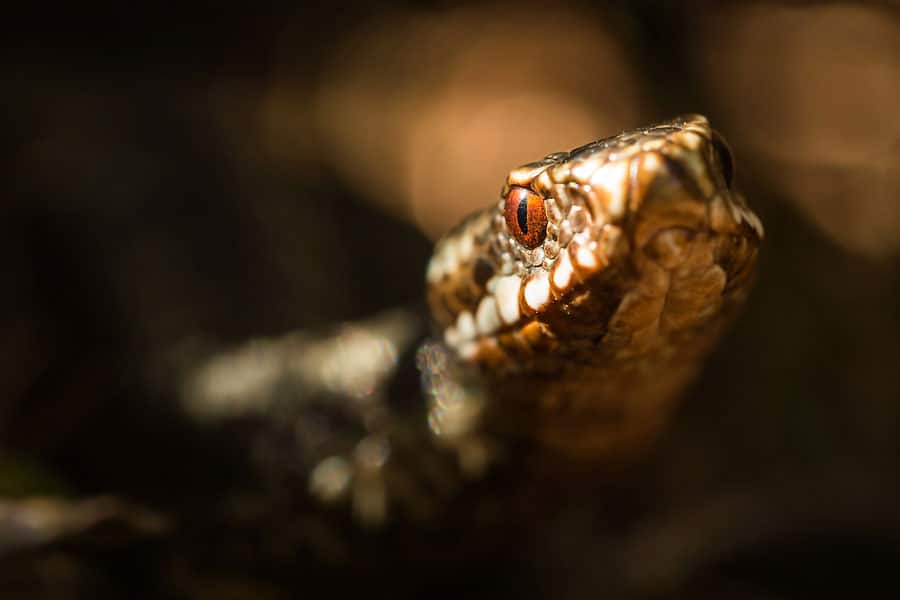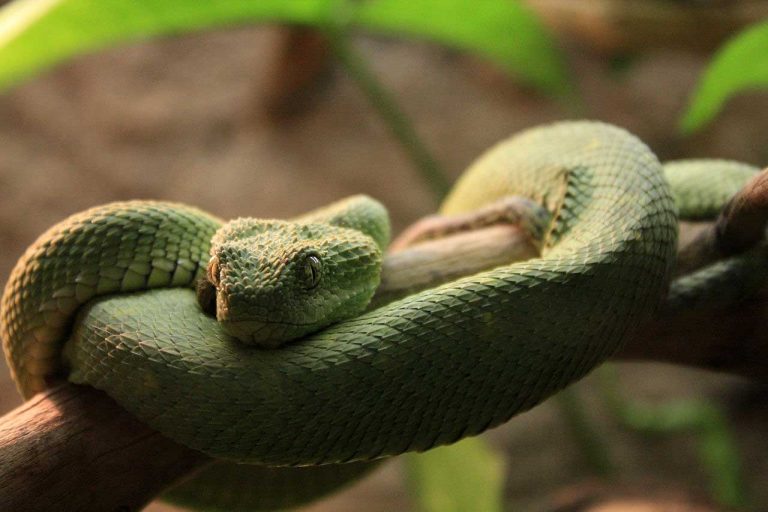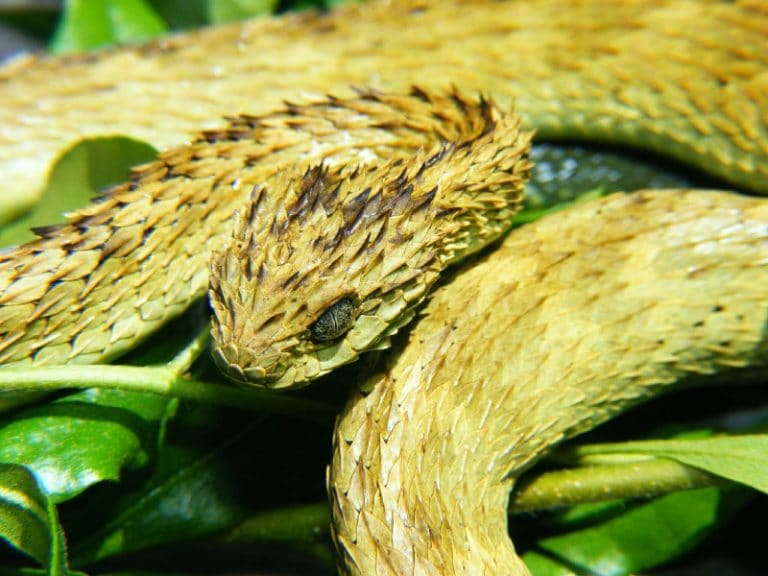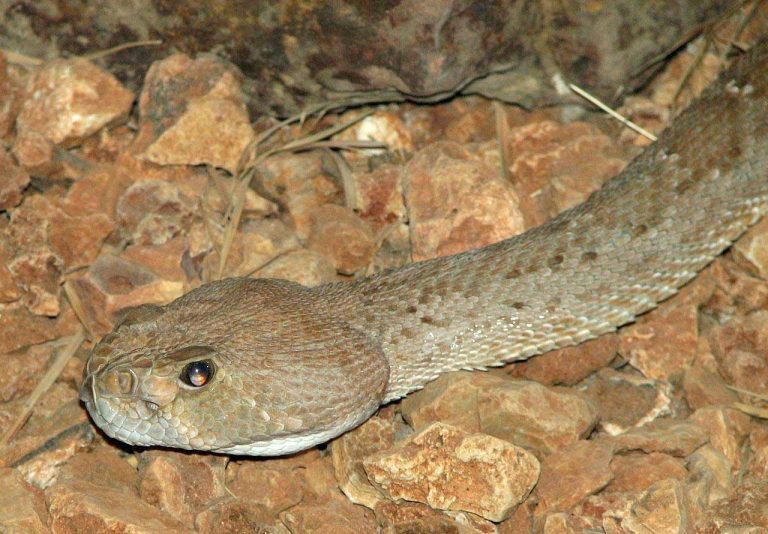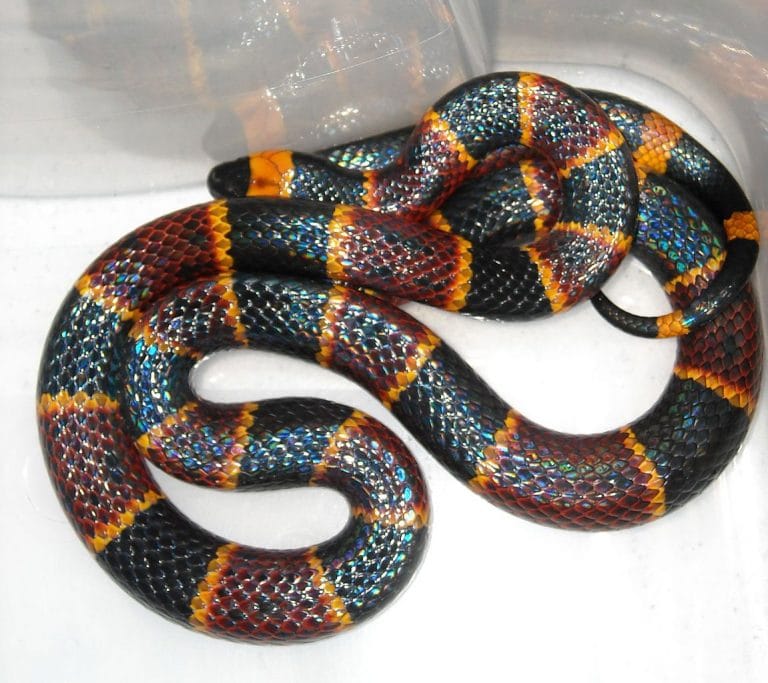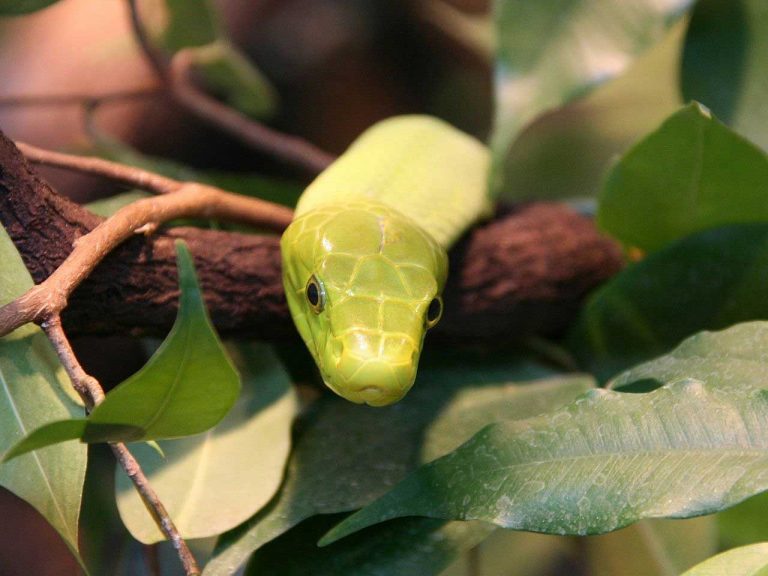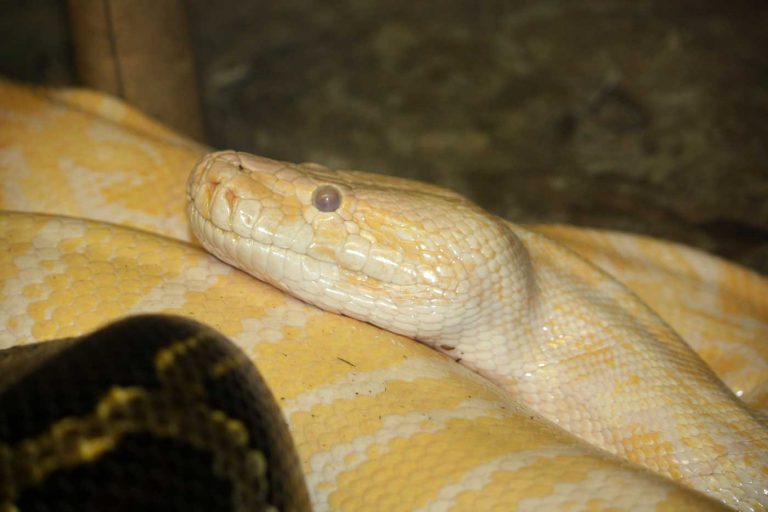Adder Snake
Scientific Classification
| Kingdom: | Animalia |
| Phylum: | Chordata |
| Subphylum: | Vertebrata |
| Class: | Reptilia |
| Order: | Squamata |
| Suborder: | Serpentes |
| Family: | Viperidae |
The Adder Snake is Britain’s sole poisonous snake. These Adders have the most sophisticated mechanism of injecting venom, yet these animals are not violent. Adders make use of their venom only in dire cases, generally if they are trampled or trapped. For 20 years, in Britain, there is no report of anyone dying from the bite of an Adder. With genuine medical aid, the worst that happens is drowsiness and nausea, further leading to acute edema and injury in the location of the bite.
The common adder of Europe, biologically called Vipera Berua, otherwise named European viper, is extensively endemic and seen all over the extremes of Eastern Asia and Western regions of Europe. Their local names include, the common viper and common adder, Adders are the topic of concern in many European countries as well as Britain. They are not considered hazardous, in particular. Their bites are extremely hurting, but not usually deadly.
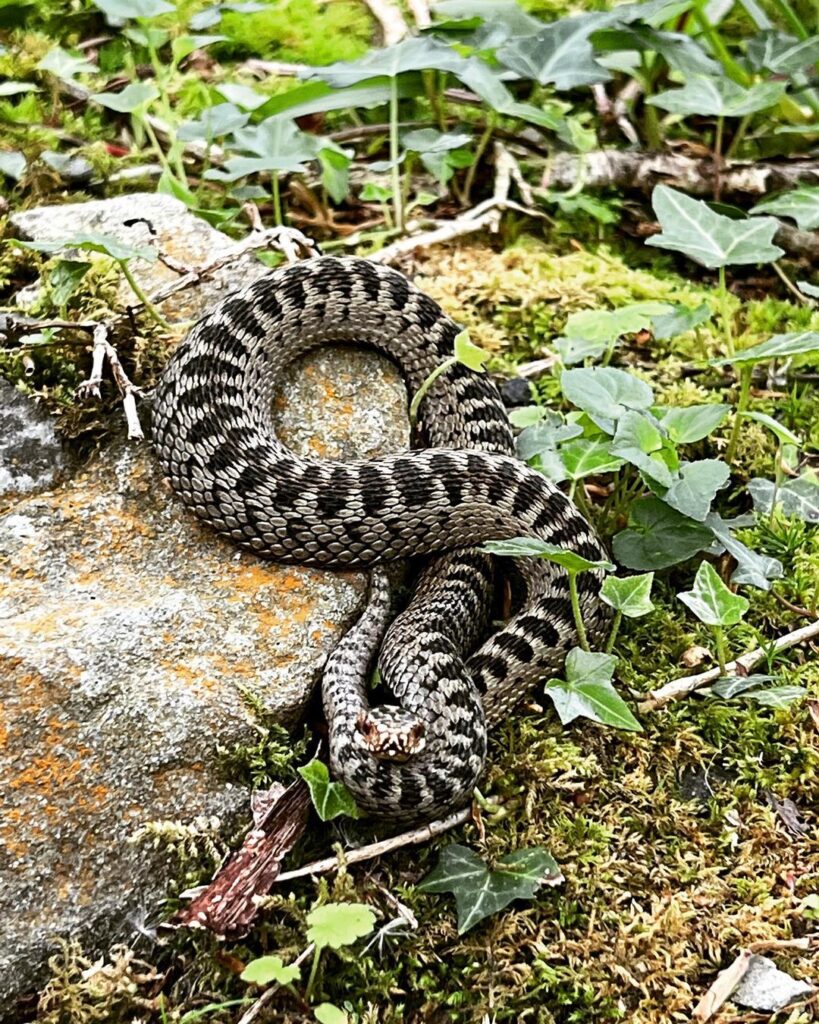
Anatomy
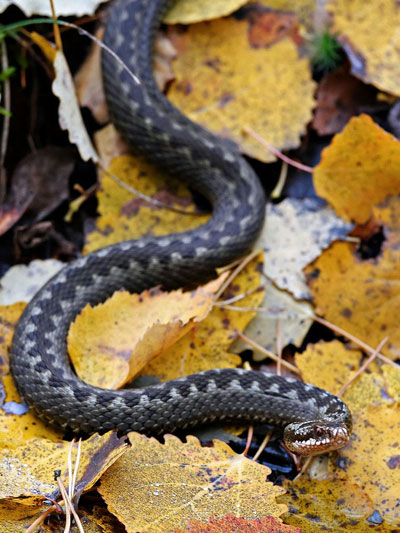
The European viper or common European Adder has a fat body and extensively spreads out over Asia and Europe. In the north it is prevalent in Norway near the Arctic Circle. This snake attains a length to the maximum of 85 cm (33 in) and its and its background color varies, ranging from light gray to white with shades of brown yellow or brick red. . It has a dark colored band in a zigzag shape on its posterior and dots on its sides.
The head has very clear markings of X or V, infrequently portrayed as H or M shape.
Their pupils have vertical slits.
Classically, a male attains a length of 60 cm and Females 75 cm in Britain. People normally remark that the Adders Snake looks much bigger than what it really is.
Their jaws are connected by stretchable tissues connected so that the main four jaw bones have individual movements. That is, they are capable of gulping prey that is far bigger than their head’s width. Just as in other reptiles, the lower tips of their ribs are disjoint, which helps them to open their mouth wide considerably. The digestive enzyme of the adder is astonishingly strong enough to digest the bones and flesh of their victim fully except for the teeth and the hair that pass out as fecal matter.
Behavior
The adder snakes are extremely calm and shy. They bite only those who try handling or catching them.
Habitat
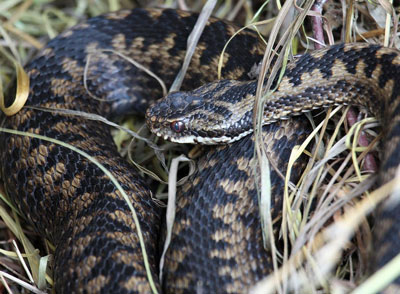
You can generally see the Adders in the barren coarse country lands, frequently along the borders of woodlands. Among the three snakes in the U.K., the Adder, when troubled is not much tempted to vanish in the nearby bushes and as such you can often see them. The ideal time to see them is at the commencement of the spring season, when they come out of their hole where they hibernate. By the middle of April, the male Adder snake casts off its skin and prepares to mate. When the weather is warm, you see a lot of hyperactive activities like the male snake searching for its mate, and at times wrestling with the other males trying to establish superiority. The Adder’s dance seems like a show for mating. We often see a bigger male chasing a smaller one. The snakes wriggle about each other to have an impression of them, always running around the ground very fast.
As a Pet
Breeding
After mating is over, the female searches for a proper place to deliver, most of the time journeying a distance of one kilometer from their place of hibernation. It is in the month of August or early September that the Adder gives birth to its young ones. Quite different from the other snakes the adders never lay eggs. The newborns have the shape and size of an earthworm, yet they resemble a true mini adult adder.
Housing
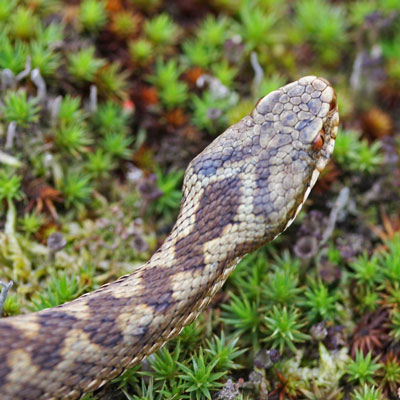
A lot of research on the variety of substrate and enclosures; show that these adders flourish with anything and everything, which means, enclosures filled with substrate of hardened clay, dirt, gravel, newspaper or sand.
Of all these, do not use dusty or damp substrate on account of the risk of health problems of the snakes from these substrates, yet no Death adder is found suffering from the environment that is dusty or wet.
You can rear Death Adders effectively for a pretty long time in the gravel, hardened clay, newspaper, hard sand, other paper and striped tissue paper. All these are normally suitable, but the substrate with hard clay covered with leaves or similar material seems most liked by the snakes. You can also try a substrate of a base of hard clay covered with a half inch of the leaf.
The death adders prefer to lie under loose cover from which they can launch their strikes in an instant.
The significant part is the heat gradient and the heating.
The mode of heating the enclosures without harming the snakes is crucial to become a successful breeder of all the varieties of the common Death Adder Snakes
Switch on the heating cables throughout for the baby snakes, but for the older ones or for the snakes that are breeding; you must adjust the heat with a regulator, a dimmer or timer switches, or any two of them.
But technology has advanced and now you can use a day’s Thermo film (TM) heat mats. When connected to the power point, the flat sheets of plastic get heated.
Then place the plastic vessels in which the snakes are over the heated plastic sheets.
You can place the Death Adder snakes in medium or small tubs made of plastic (the tub size varies according to the size of the snakes).
Food
The normal diet of an Adder is tiny rodents like short tail voles. Besides, they consume frogs, lizards and newts; you can observe them eating the little birds from their nests built on the ground. While hunting, the adder smacks its prey rapidly and injects a fatal dose of poison. Then they remain for some time till the prey has died, prior to beginning with the prolonged course of gulping the prey. Similar to the other snakes, the Adder swallows its prey in whole; they have teeth made to grip their victim while it is swallowed.
Snakes that are held in captivity for a long time, habitually, get accustomed to consuming mice, and grab them without any fuss.
It is evident that the majority of the Death adder snakes like to eat living prey, Even if you feed them with already killed prey held by forceps, the adder never complains but readily accepts them. For those in captivity for a pretty long time, this is not an issue and becomes a routine affair.
Grown up captives that are held in captivity for long, normally behave decently, but for the few specimens and the young snakes, the story is different.
Handling
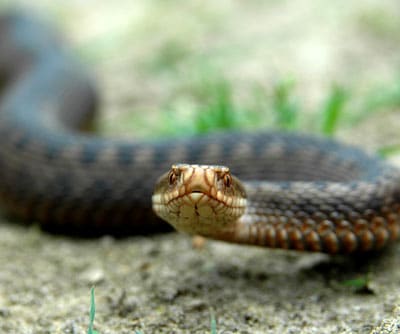
Adder snakes held in captivity are accustomed to the use of forceps and hooks by which they are handled. Therefore, in the daily practice, it is not necessary to lift the snake with our hands.

Having discovered a fondness for insects while pursuing her degree in Biology, Randi Jones was quite bugged to know that people usually dismissed these little creatures as “creepy-crawlies”.

